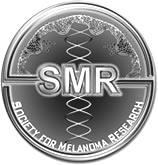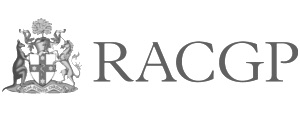PhotoDynamic Therapy (PDT)
Photodynamic Therapy (PDT) involves the use of photochemical reactions.
Photochemical are chemicals that are activated by certain frequencies of light. With Photodynamic Therapy treatments, the light used to mediate the chemical reaction is a Laser. Through the interaction of photosensitising agents, light, and oxygen for the treatment for the target area of skin are kept specific and controlled.
PHOTODYNAMIC THERAPY FOR SKIN CANCER
Photodynamic Therapy treatments are especially useful for larger superficial Basal Cell Carcinomas on the face and scalp.
Cancerous cells accumulate lighter absorbing cells (porphyrins) than normal cells that when exposed to certain light wavelengths potentiates a beneficial chemical reaction. It is this principle that underpins the use of PDT for such tissues.
The treatment selectively destroys Basal Cell Carcinomas while causing minimal damage to surrounding normal tissue. A biopsy is usually needed to confirm diagnosis prior.
PHOTODYNAMIC THERAPY TREATMENT PROCESS
Photodynamic Therapy Is A 2-Step Procedure.
The First Step: involves the application to the target growths cells with a photosensitiser in the form of a chemical agent that reacts to light such as Aminolevulinic Acid (ALA) or methyl aminolevulinate (MAL). Curettage is needed to destroy epidermis to allow egress of sensitising cream into lesion for 1 hour under occlusion
The Second Step: involves the activation of the photosensitiser in the presence of oxygen with a specific wavelength of light directed toward the target tissue. The photosensitiser is preferentially absorbed by cells that are dividing (which occurs at a greater rate in Actinic Keratoses) and when the light source is directed to the affected areas of skin. This leads to activation of protoporphyrins and inflammation and destruction of the lesion.
Photodynamic therapy achieves dual selectivity with minimal damage to adjacent healthy structures. It is repeated a week later.
It may not be suitable for all patients with BCC’s. The process is invasive and can be very painful when the light is applied and for a day post-treatment, and the curettage will scar.
The approach offers less scarring than surgical excision, and is more suited to larger superficial lesions than surgery, and can be used as a field treatment for areas with multiple small Basal Cell Carcinomas. Success rates are highly operator dependent.
COMMON SIDE EFFECTS
Common side effects are redness, pain, bleeding, and swelling.
PhotoDynamic Therapy Treatment Recovery - After treatment, patients become locally photosensitive for 48 hours where the light-sensitising agent was applied, and must avoid both outdoor and indoor light and be careful to use sun protection
PhotoDynamic Therapy Treatment Prognosis - 70-80% cure rate. Can mask the presence of residual disease and so delay successful treatment so an initial biopsy is strongly advised to assess the invasive potential of any Basal Cell Carcinoma prior to PDT being commenced.
Recurrence rates vary considerably (from 0 to 52%), so the technique is not currently recommended for invasive Basal Cell Carcinoma.










